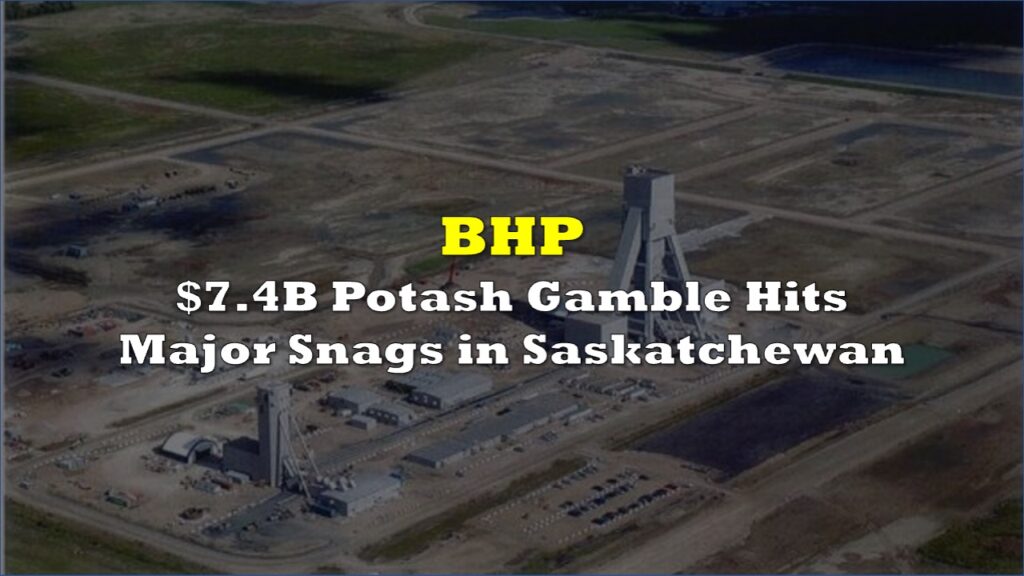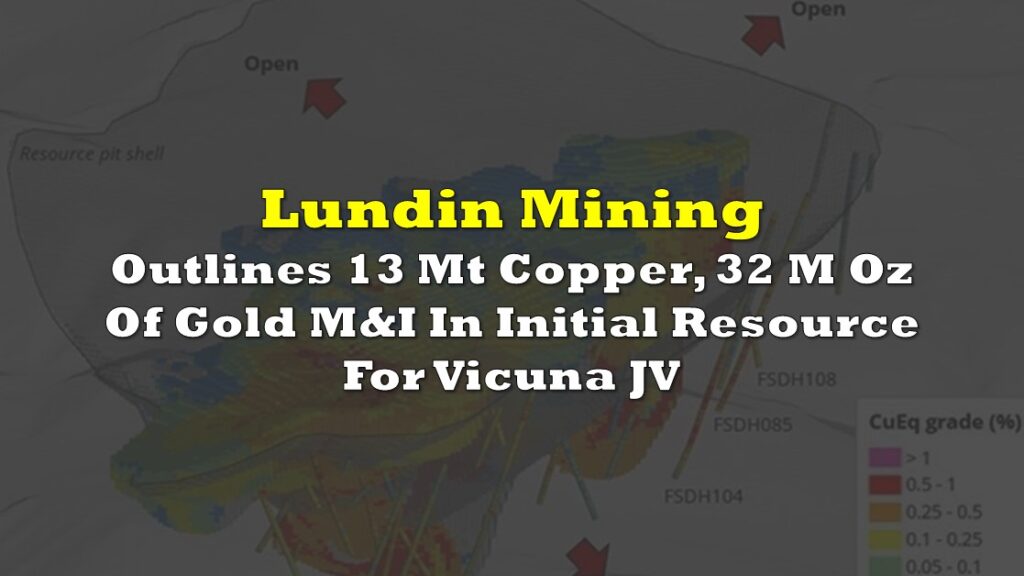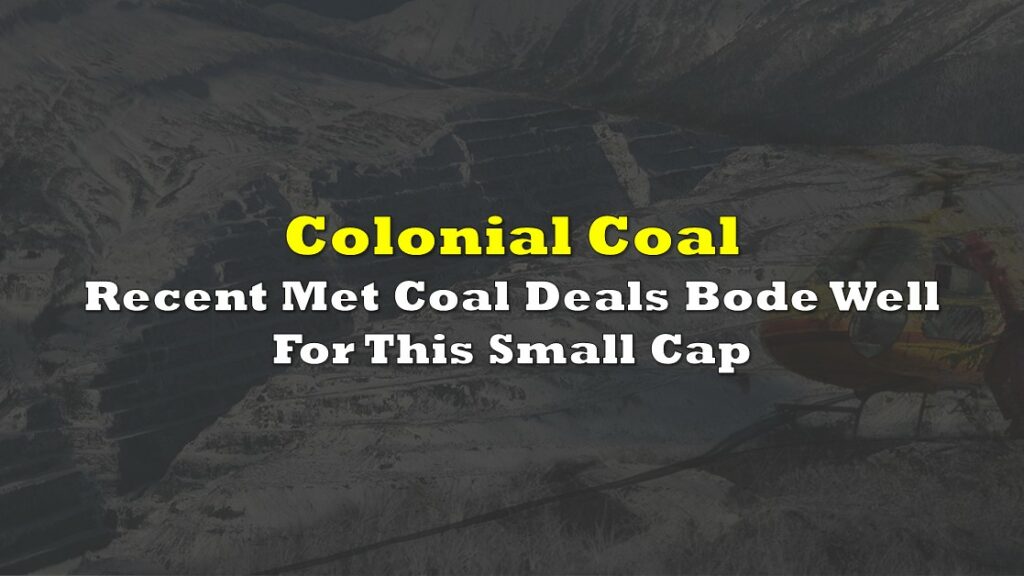BHP Group (NYSE: BHP), the world’s largest mining company, reported a 39% decrease in its annual profit for the fiscal year ending June 30, 2024. The Australia-based company saw its net profit drop to $7.90 billion, down from $12.92 billion the previous year, a stark reflection of the various challenges that beset the mining giant during the period.
This profit decline was primarily driven by substantial one-off charges, including a $2.7 billion impairment of its Western Australian nickel assets and a $3.8 billion charge related to the ongoing costs of the Samarco dam disaster in Brazil.
BHP’s revenue for the year rose slightly by 3% to $55.7 billion, up from $54.1 billion in 2023. However, the significant impairments and charges weighed heavily on its bottom line, pushing the company’s statutory profit down by nearly 40%.
The company’s underlying profit, a measure that strips out one-off costs, managed a modest 2% increase to $13.7 billion, slightly above market expectations, largely due to record production levels and robust prices for iron ore and copper:
- Iron Ore: Iron ore remains BHP’s largest revenue generator, contributing over half of the company’s earnings. BHP’s Western Australian Iron Ore (WAIO) operations achieved record output for the second consecutive year, producing 259.7 million tonnes. The average realized price for iron ore also increased to $101.04 per wet metric tonne (wmt), up from $98.45 per wmt the previous year, contributing to the overall revenue growth.
- Copper: BHP’s copper production rose by 9% to 1.9 million tonnes, marking the highest output in over 15 years. This was driven by record production at the Escondida mine in Chile, the world’s largest copper mine, and strong performances at the Spence and Carrapateena operations. The average realized price for copper also saw a slight increase, reaching $3.98 per pound, up from $3.95 per pound in 2023. Looking ahead, BHP expects to boost copper production by a further 4% in FY2025.
- Nickel: BHP’s nickel segment, however, presented a stark contrast. The company’s decision to suspend its Western Australian nickel operations due to a global oversupply resulted in a $2.7 billion impairment. This move, while necessary in response to collapsing nickel prices, significantly impacted the company’s profitability. The average realized price for nickel plummeted to $18,197 per tonne, down from $20,527 per tonne the previous year, underscoring the challenges faced in this segment.

Samarco disaster
The financial impact of the Samarco dam disaster, which occurred in 2015, continues to loom large over BHP. The company recorded a $3.8 billion charge related to the disaster, which has become one of the most significant environmental and human tragedies in recent history.
BHP remains embroiled in legal and financial obligations, including compensation and environmental remediation costs, which have now totaled over $37 billion. This year alone, the company paid out approximately $430 million in related expenses.
The ongoing financial burden of the Samarco disaster has also impacted BHP’s operational decisions and its ability to return capital to shareholders. The company is still defending a major class-action lawsuit in the United Kingdom, with a trial scheduled for October 2024 to determine BHP’s liability for the dam collapse. Additionally, BHP is engaged in complex negotiations with Brazilian authorities to resolve various legal claims related to the disaster.
Dividend cutbacks
Given the challenging financial environment, BHP’s board decided to reduce its final dividend to $0.74 per share, bringing the total dividend for FY2024 to $1.46 per share. This represents a 14% reduction from the previous year’s payout, reflecting the need to conserve capital amid declining profits and increased capital expenditure.
The company emphasized that despite the dividend cut, it remains committed to returning a significant portion of its earnings to shareholders, maintaining a payout ratio of 54% of underlying attributable profit.
“As a result of this strong performance, combined with our healthy balance sheet, we determined a final dividend of 74 US cents per share, a 53% payout ratio, continuing our track record of delivering robust shareholder returns through the cycle,” said CEO Mike Henry.
Outlook
Henry also warned of ongoing volatility in global commodity markets, particularly as China, the world’s largest consumer of many of BHP’s products, experiences an uneven economic recovery.
“The effectiveness of recently announced pro-growth policies will be an important contributor for China to achieve its official 5% growth target,” Henry noted. However, he acknowledged that geopolitical tensions and the potential for further economic disruptions could weigh on global demand for commodities.
The company is cautious about the outlook for iron ore prices, which have seen significant declines from the highs of over $140 per tonne in January to just below $100 per tonne recently. This price drop reflects weakening steel production in China, with many mills operating at break-even or loss-making levels, prompting expectations of production cuts.
Analysts from Citi forecast that iron ore prices will average $105 per tonne in 2024, down from earlier projections, while BHP’s share price has been under pressure due to these market conditions.
BHP is also mindful of the broader macroeconomic challenges, including high inflation and rising interest rates, which are expected to continue exerting pressure on operating costs. Despite these headwinds, BHP remains confident in the long-term fundamentals of its key commodities, particularly copper, potash, and iron ore, which are essential to global megatrends such as urbanization, population growth, and the energy transition.
Information for this story was found via AFP, The Wall Street Journal, Barron’s, The Australian Business Review, Brisbane Times, and the sources and companies mentioned. The author has no securities or affiliations related to the organizations discussed. Not a recommendation to buy or sell. Always do additional research and consult a professional before purchasing a security. The author holds no licenses.









